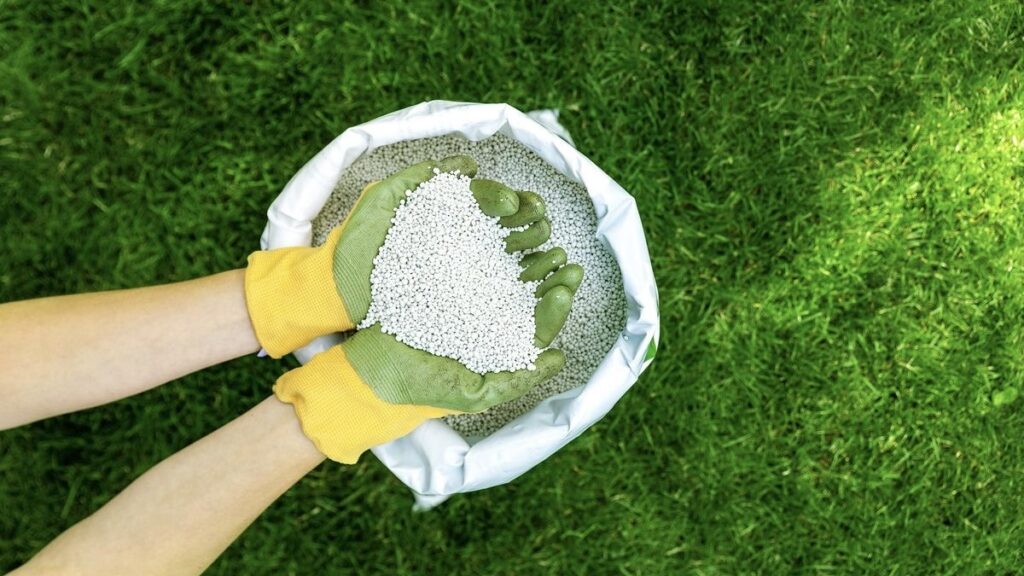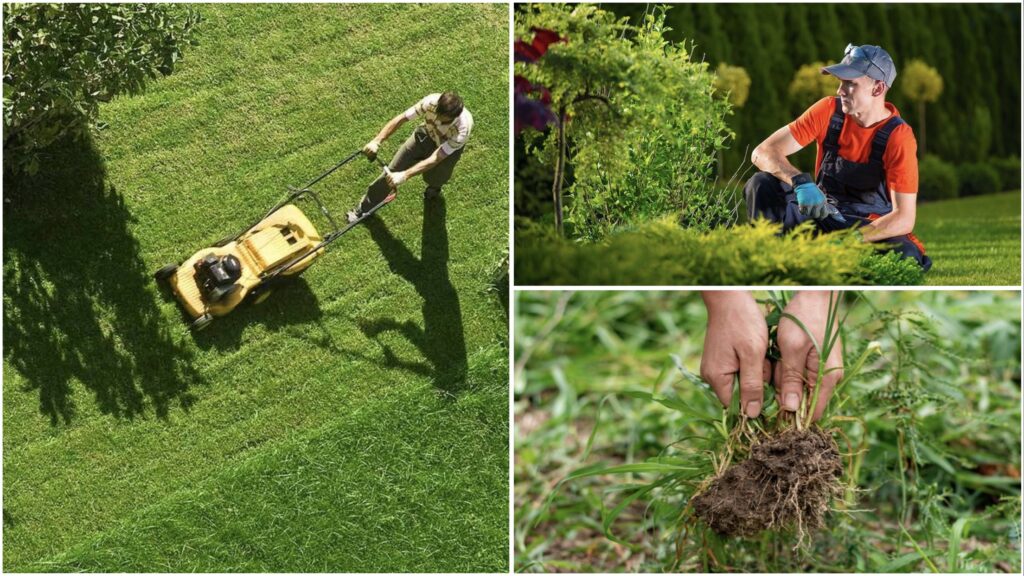Patchy grasses under trees or alongside the house can almost drive any gardener nuts. Fortunately, we’ve put together some tips for growing healthy grass, even in shady areas. Shaded lawns are picky, no doubt, but that doesn’t mean there is no way to handle them. You just need more knowledge about what works with the shade and not against it. With the proper techniques, it’s possible to have a full, green lawn even in the shadiest areas. Let’s show you how.
1. Pick the Right Shade-Tolerant Grass
It is essential to begin with the right type of seed. Not all grass is cut out for low light, so don’t expect sun-loving varieties to thrive in the shadows.

Fine fescue, creeping red fescue, and shade-tolerant ryegrass are your go-to heroes here. They’re slow growers, but that’s actually a good thing because it means less mowing and more staying power. Plant smart from the start, and you’ll save yourself a headache later.
2. Adjust Your Watering Schedule for Shaded Lawns
Watering shaded grass isn’t the same as watering the rest of your yard at all. In fact, it’s easy to do too much and end up with soggy soil and sad, yellowing blades. One of the lesser-known tips for growing healthy grass is to water deeper but way less often. Have a watering schedule—aim for early morning, and let the soil dry out in between. Keep things moist, not marshy. If you do this right, your grass will thank you.
3. Fertilization Timing Is Everything
Fertilizing shaded lawns requires a gentler and more strategic approach. Apply lawn fertilization products in early spring and again in the fall, but avoid midsummer applications.

Since shade-grown grass doesn’t grow as vigorously, it doesn’t need as much fertilizer. Focus on using a slow-release product that gently provides essential nutrients over time. Overdoing it can stress your grass or encourage weed growth. Knowing how and when to fertilize is key to building a healthy, durable lawn in shaded zones.
4. Enrich Soil with Organic Matter
One of the most overlooked tips for growing healthy grass is improving soil health, especially in shaded areas where roots often compete with those of trees and shrubs. To enrich soil, add compost or well-rotted manure a few times a year. This enhances soil structure, improves drainage, and provides natural nutrients. You can also mix in organic mulch to maintain moisture and reduce evaporation.
5. Cut Less, Cut Higher
Mowing too short in shady areas is basically asking for a bald lawn. Raise your mower blade to about three inches, maybe a smidge more. Longer grass blades can catch what little light sneaks in, making it easier for your lawn to photosynthesize and grow stronger.

And since shaded grass grows more slowly, you can get away with mowing less often. This tweak alone can help you grow a thicker and more resilient patch of green.
6. Take It Easy on the Foot Traffic
Shady grass is like that one friend who’s a bit sensitive but still awesome when treated right. Too much trampling, and it’ll wear down fast. If folks or pets tend to walk across your shaded spots, consider tossing down some stepping stones or laying a mulch path. That way, the grass can chill and recover without constant stress. Shady grass just requires more love, care, and consideration.
7. Fight Back Against Weeds Before They Take Over
Thin, struggling grass in shady zones gives weeds an open invitation. That’s why you need a solid weed control plan. Hand-pulling works great for smaller issues, or go with eco-friendly lawn tip options like vinegar sprays or spot treatments.

However, thick, healthy grass is your best defense, so focus on getting that lawn strong first. The goal is to out-compete weeds naturally, that is, without dousing your yard in harsh chemicals. Go green the smart way.
8. Stay in the Loop with Garden Trends
Don’t sleep on the latest garden trends; they might just give your shady lawn the upper hand. Think beyond traditional grass: clover lawns, native ground covers, even decorative mulch patches are getting a big buzz. These options can cut your workload and still keep things looking fresh. Plus, you might stumble across tools or fertilizers designed specifically for low-light lawns. Following trends isn’t just trendy, it can actually lead to smarter, more efficient lawn care.
Final Scoop
Shaded areas can be a bit of a discouragement when you’re dreaming of a lush, magazine-worthy lawn. But hey, it doesn’t make owning your dream lawn impossible. With the right tips for growing healthy grass, you’re not just wishing but actually making it happen.

So, water with intention, enrich the soil, and don’t skip the eco-friendly stuff. Sure, shady spots grow a little slower, but they’ve got potential. Give them some TLC, and soon enough, your lawn will be throwing off some serious green vibes.
